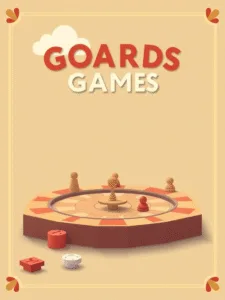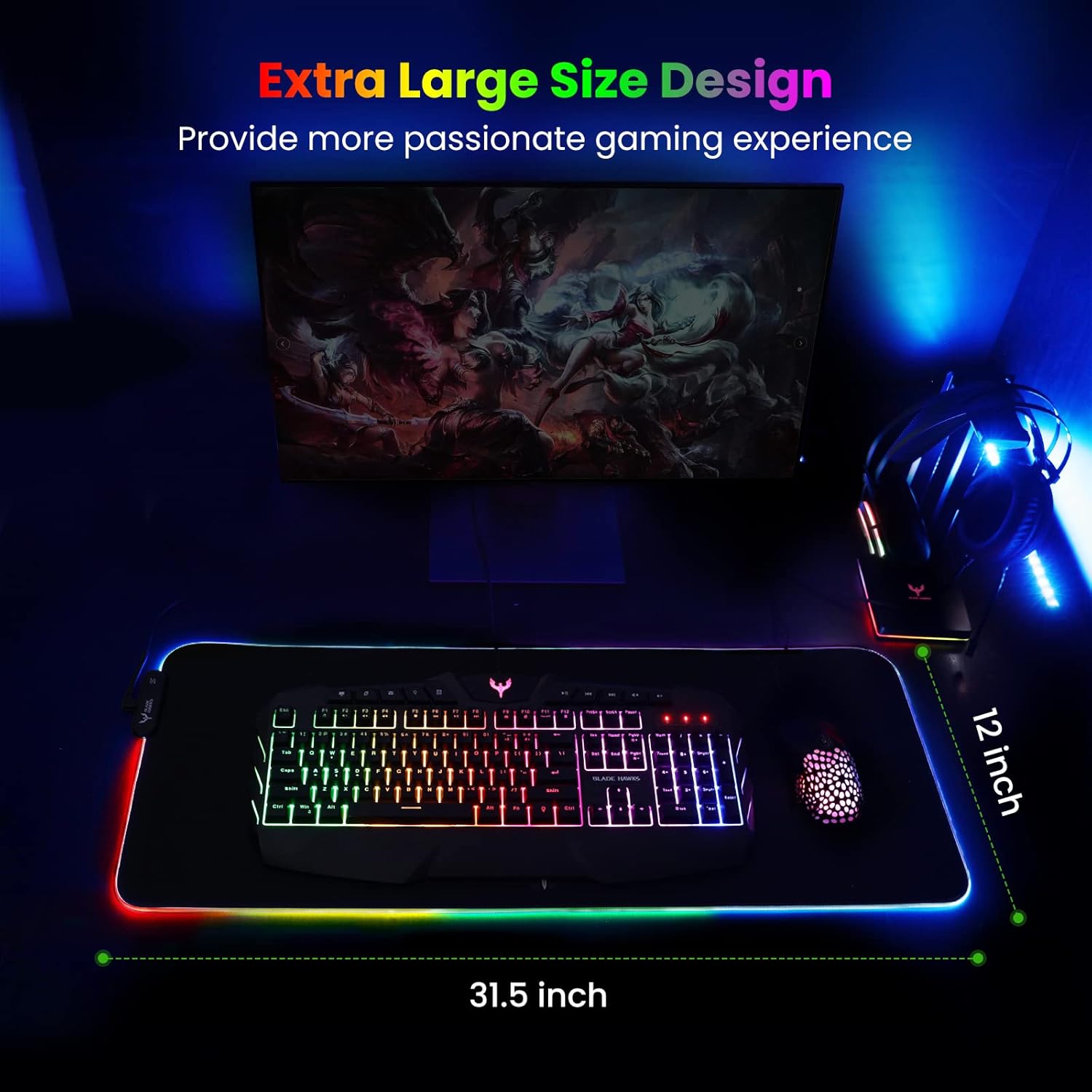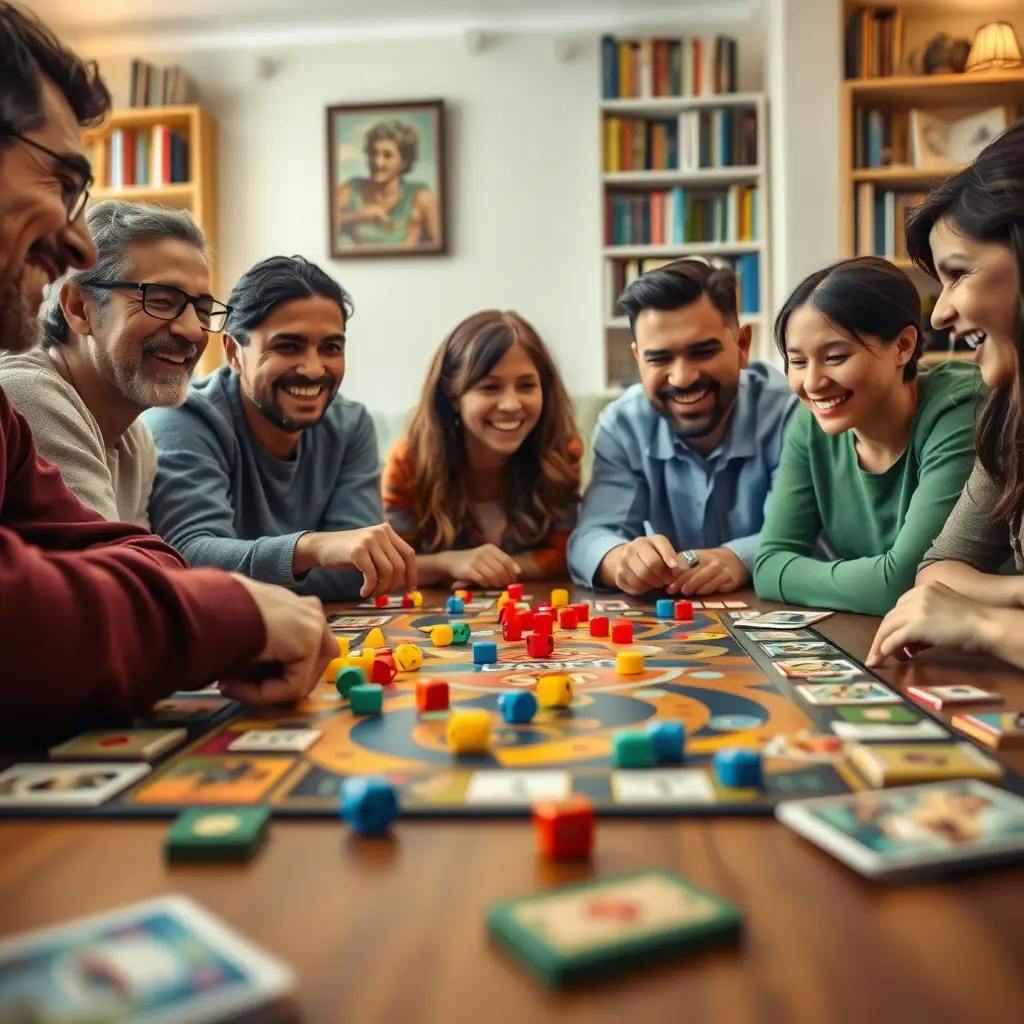
Designing a board game isn’t just about pieces, cards, or dice—it’s about crafting memorable, engaging, and replayable experiences. Whether you’re creating a family game, a competitive strategy game, or a party favorite, understanding board games design principles is key to success.
In this article, you’ll discover 7 essential board game design tips that can help you build games players will love and return to again and again.
If you’re passionate about game design and development, explore our full resources on Game Design & Art.
Why Good Board Game Design Matters
A well-designed board game:
-
Keeps players entertained.
-
Encourages interaction and strategic thinking.
-
Offers replay value.
-
Delivers a balance of fun, challenge, and fairness.
Board games design is about more than rules—it’s about creating stories, laughter, and shared moments around the table.
7 Essential Board Game Design Tips
1. Focus on Simple, Clear Rules
✅ Keep instructions easy to understand.
✅ Avoid overcomplicated mechanics that overwhelm players.
✅ Use examples or visuals to support the rulebook.
Simple doesn’t mean boring—it means accessible and enjoyable for a wide audience.
2. Build Strong Core Mechanics
✅ Identify the main action players will repeat.
✅ Choose mechanics like deck-building, dice rolling, resource management, or area control.
✅ Ensure that the core mechanic drives player decisions.
A solid mechanic is the heartbeat of your board game design.
3. Balance Strategy and Luck
✅ Add elements of chance to keep games exciting.
✅ Give players meaningful strategic choices.
✅ Ensure no player feels completely stuck or overpowered.
A perfect balance between skill and luck keeps players engaged and creates unique outcomes in every session.
4. Design for Player Interaction
✅ Include mechanics that encourage collaboration, competition, or negotiation.
✅ Avoid games where players act in isolation.
✅ Allow opportunities for alliances, trading, or bluffing.
The best board games design sparks conversation, rivalry, and laughter.
5. Test and Iterate Constantly
✅ Playtest with different age groups and skill levels.
✅ Watch how players interact and adapt your design based on feedback.
✅ Refine rules, pacing, and balance over multiple play sessions.
Great board games aren’t created—they’re refined. Continuous testing ensures a polished final product.
6. Create Memorable Themes and Visuals
✅ Develop a strong, cohesive theme (fantasy, mystery, adventure, etc.).
✅ Design eye-catching boards, cards, and pieces.
✅ Make sure visuals support gameplay and player immersion.
Strong board games design is both visually appealing and thematically engaging.
7. Ensure Replayability
✅ Add variable setups, randomized elements, or expandable content.
✅ Avoid repetitive gameplay.
✅ Introduce evolving challenges or player-driven stories.
Replayability makes players want to return to your game again and again.
Bonus: Common Board Game Design Mistakes to Avoid
❌ Overcomplicating the rules.
❌ Creating unbalanced player advantages.
❌ Failing to offer clear win conditions.
❌ Ignoring visual accessibility (colorblind-friendly designs).
❌ Neglecting theme and player immersion.
Final Thoughts
Mastering board games design is about creating fun, memorable, and balanced experiences. Whether you’re designing your first tabletop game or refining a new prototype, these tips can help you craft games that stand the test of time.
👉 Dive deeper into game design principles by exploring our Game Design & Art collection.

Results
Razer BlackShark V3 X HyperSpeed Wireless Gaming Headset for PS5: 50mm Drivers - Cardioid Mic - 2.4 GHz, Bluetooth - Works with PC, Mac, Nintendo Switch, Smartphone - Long Battery Life - Black

Mouse Pad
BladeHawks Extra Large RGB Gaming Mouse Pad-14 Light Modes, Extended Soft LED Mouse Pad, Anti-Slip Rubber Base, Computer Keyboard Mousepad Mat (31.5 x 12 Inch)

